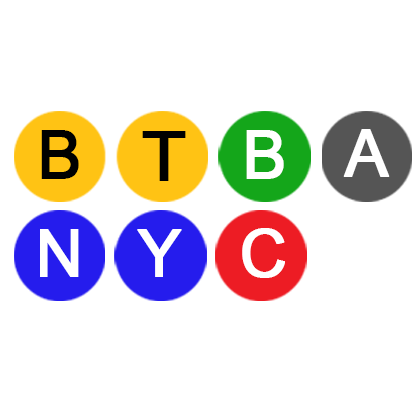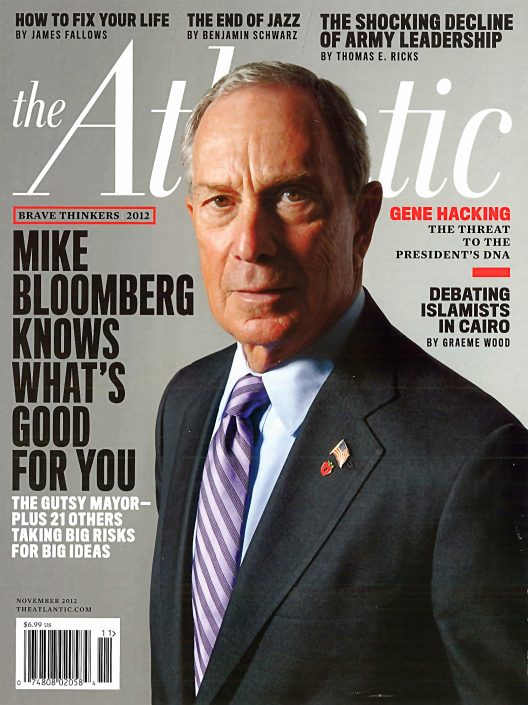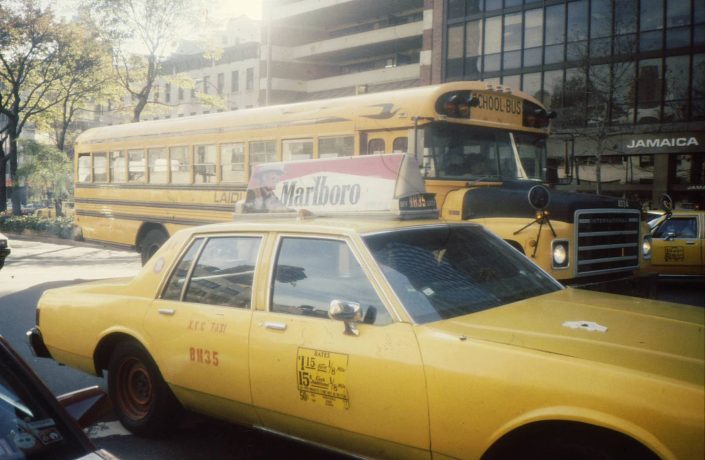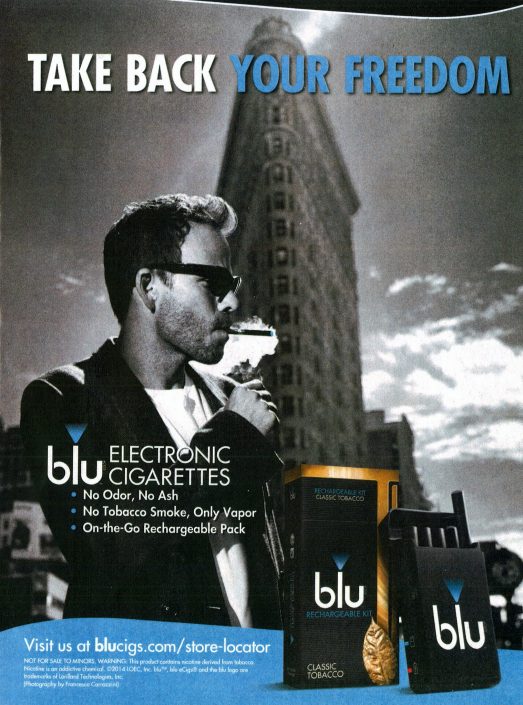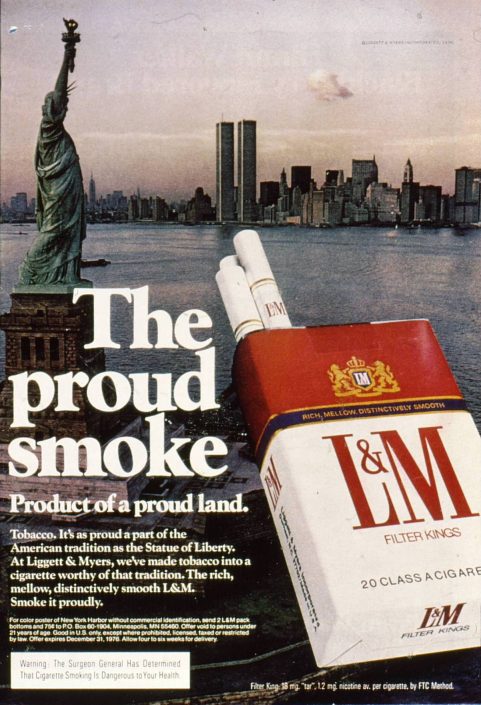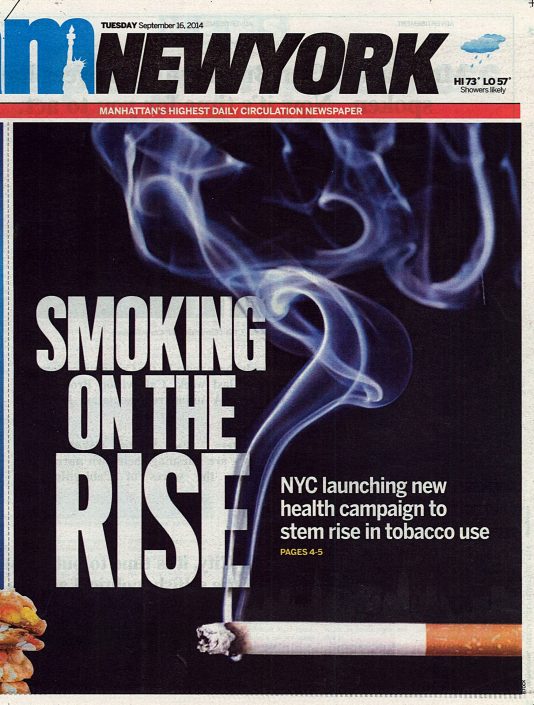Big Tobacco in the Big Apple
How New York City Became the Heart of the Tobacco Industry
…and Anti Smoking Activism
Introduction
Introduction Transcript
Hello I’m Dr. Alan Blum, director of the University of Alabama Center for the Study of Tobacco and Society. I’m also a professor family medicine and the Gerald Leon Wallace endowed chair in Family Medicine at the University of Alabama. This exhibition, Big Tobacco in the Big Apple, has had its twists and turns since I first thought of doing it in 2015 while visiting the exhibition Activist New York at the Museum of the city of New York I was going throught he exhibition and seeing parts of it about religious freedom and activism in being able to pray in whatever way you wanted in the United States the issue of immigration and nativism popped up in the 1800’s abolitionists fought pro-slavery New Yorkers in the mid-1800s, there were anti-obscenity and birth control movements and Social Purity movements that led to Eugenics there were hope prohibitionists speaking against alcohol and there were labor law efforts and Strikes by garment workers and of course the Civil Rights Movement beginning in the 1940s the gay rights movement that really began in the 1960s there was conservative activism Pro and anti-Vietnam War demonstrations environmentalism that began with the Silent Spring by Rachel Carson in the 1960s recycling became an activist issue Reviving The South Bronx and even nuclear disarmament and the black lives matter movement of recent years
But, what I thought was glaringly missing was the issue of anti-smoking. Cigarette smoking is the single most preventable cause of death and disease in the United States to this day. When I grew up in the 1950s watching Brooklyn Dodger games with my father who was a general practitioner in the Rockaways, he had the idea to tape-record cigarette commercials that were on sporting events and said “One day no one will possibly believe that cigarettes and sports could go together.” Well, in the early 1980s, when I returned to New York to edit the New York State Journal of Medicine I teamed up with advertising and radio genius Tony Schwartz, who created the famous Daisy spot political advertisement for Lyndon Johnson, to create a series of paid counter-advertising ridiculing the cigarette companies and mayor Ed Koch for having done nothing to counteract this terrible health problem. Mayor Koch hearing the answer was impressed and wound up joining Tony and me to create even more advertisements.
It was a long battle from the 1980s to today and those who enjoy the benefits of clean indoor air might not realize how difficult it was. So, I approached earrings at the activists New York exhibition to say how about including a section on anti-smoking? They mulled it over but declined. Looking elsewhere I saw that the head of the Board of Trustees of the New York Historical Society was a former cigarette company owner Andrew Tisch the New York Public Library similarly has had major cigarette manufacturers and there is virtually no Museum in New York that has not benefited from cigarette company largess
So this exhibition is entirely online but in addition to discovering that there really was no logical venue for it in New York City I also began learning how little I actually knew about the history of not only the tobacco industry but also the anti-smoking movement itself in New York City. The original subtitle this exhibition was How New York City became an International Model for Anti-Smoking Activism, I still believe that New York City is a good role model for this issue but what I’ve learned is that it’s just not so simple. There’s no question that New York City has made major strides in creating a clean indoor environment for New Yorkers and countering cigarette advertising and reducing the impact of smoking on the citizens of New York, but I wonder whether we’ve made as much progress as we think. I’ll let you decide as you tour big tobacco in the Big Apple.


